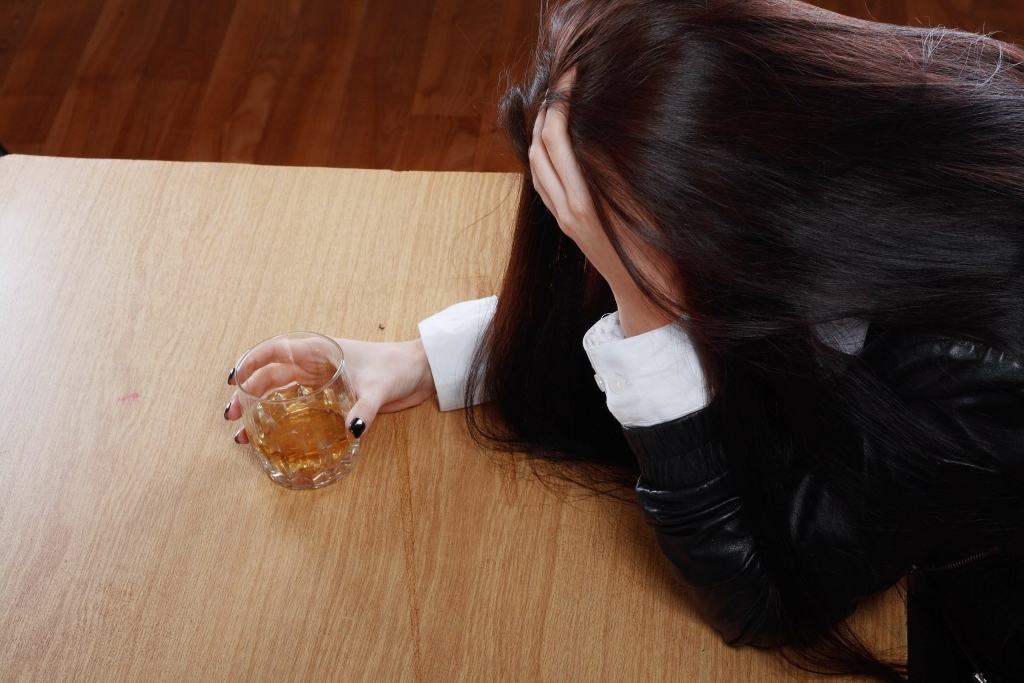There are several ways to treat rhinophyma, depending on the severity of the condition. Treatments range from topical medications to surgical treatments that reshape the nose. Whether a person is dealing with rhinophyma or alcoholism, it should not be acceptable to alienate a person or group of people due to a disease. There are several million individuals who attempt to manage their addiction every day, and less than eight percent actually seek treatment. Even though research is debunking the connection between alcoholism and rhinophyma, there is still a stigma attached to this disorder.

Treatment Options for Alcoholic Nose
The first sign of the condition is https://www.humanvision.com.tr/is-there-a-difference-between-sober-house-and/ facial reddening due to broken capillaries. This redness typically begins in the cheeks, nose, forehead or chin, usually around the time a person is 30 years old. As the problem continues, the redness may turn to bumps and pimples and spread to the eyelids, and finally to the nose, where the skin can become thickened and purple.
One way to help people seek the treatment they need and help them live out healthier and better futures is to provide people with the whole story and clear information. In the past, and even in modern times, rhinophyma was largely considered to be a side-effect of alcoholism or alcohol use disorder. Someone who has a bulbous, swollen red nose may suffer from incorrect judgments and assumptions about their character and substance use habits.
Ohio Recovery Center
Excessive alcohol intake may aggravate the condition, leading to a misconception of a direct link. The actual cause of Rhinophyma remains largely unknown but is thought to involve genetic factors. If you think your drinking habits are causing your alcoholic nose flare-ups, know that the best way to stop them is to quit drinking. Alternatively, someone who suffers from alcohol addiction may feel like their rosacea is a constant, visible reminder of their struggles. Fortunately, it is possible to manage symptoms of rhinophyma to lessen their impact on daily life. People who drink alcohol heavily may also experience temporary redness in the nose due to alcohol’s effect on blood vessels.
You may also be prescribed moisturizers or medications to keep skin moisturized and prevent oil buildup. Another option is isotretinoin, a drug that shrinks the sebaceous glands, limiting how much oil they make. However, if a person wishes to have surgery, they must stop taking this medication. The characteristic appearance of rhinophyma often makes it easy to diagnose with a visual examination. Also, chronic infection often results because the fluid from the sebaceous glands thickens and can hold bacteria.
How is Alcoholic Nose (Rhinophyma) Treated?
Although there are no direct stem causes of alcoholism and rosacea that meet at one point, there is a connection between them. We are fully licensed by the State of California and our treatment center is accredited by The Joint Commission – the standard of excellence in quality programs. Yes, surgical purple nose alcohol procedures like dermabrasion or laser resurfacing can address severe cases of rhinophyma. The process of detoxification involves various bodily systems, particularly the liver and kidneys, which play a vital role in filtering and excreting toxins. The body may also eliminate substances through sweat, urine, and breath.
- Early treatment can help manage these symptoms and prevent further progression.
- Speak with your doctor about available treatment options, support groups, and counseling to begin the process of recovery.
- Consulting with a medical professional is crucial for personalized care and effective results.
- Someone with alcoholism does not necessarily need to have rosacea to be an alcoholic.
- Whether an inpatient or outpatient facility, either program can help reduce your withdrawal symptoms and overcome the addiction.
Wind exposure, humidity changes, and air pollution may also contribute to symptom flares. Stress, both physical and emotional, is another important trigger that can worsen rosacea symptoms through various biological pathways. Other hormonal fluctuations, such as those occurring during pregnancy or with certain medical conditions, can also affect rosacea symptoms. Some research suggests that hormones may influence sebaceous gland activity and inflammation patterns in ways that contribute to the tissue overgrowth seen in rhinophyma. It’s worth mentioning that quitting or significantly reducing alcohol consumption can have positive effects on the skin’s health and appearance. Restoring hydration levels, reducing inflammation, and ensuring proper nutrition can help improve the skin’s vitality and contribute to a more youthful and radiant complexion.
Restricted blood flow to the extremities can cause altered skin color.
Many times, it can be stubborn and require something stronger, in this case surgery. However, if a case of rhinophyma is less severe, some of the treatments we discussed for rosacea may be used. As you can see from that list, alcohol is a factor that can trigger a rosacea flare-up. In this way, alcohol does have some connection to rhinophyma, although alcohol alone is not the root cause of rhinophyma. Instead, if an individual has rosacea and drinks often, they might trigger more rosacea flare-ups, which can lead to increased thickening of the skin on their nose. This often looks like some exaggerated patches of red on the face with thin spidery lines along the cheeks and other parts of the face, which are the visible blood vessels.
- The National Institutes of Health also reports that alcohol-dependent people are likelier to suffer from nasal obstruction and a diminished sense of smell or taste.
- Treatments like oral and topical medicines, laser therapy, or surgical interventions such as electrosurgery, cryosurgery, or laser ablation can help.
- Additionally, the Affordable Care Act (ACA) requires insurance companies to provide coverage for addiction treatments in Texas.
- If your symptoms don’t get better after treatment, your provider may order tests, like a skin tissue biopsy, to check for cancer or other conditions.
Is all facial redness due to alcohol?

People with alcohol intolerance or sensitivity may experience more severe reactions, leading to the progression of rosacea into rhinophyma. Even moderate alcohol consumption can trigger flushing and redness in some individuals, worsening their condition over time. Alcoholic nose is a severe form of rosacea, a chronic skin condition that affects the face. It is characterized by a red, swollen, and bumpy appearance of the nose, often described as a bulbous nose.
Alcohol Nose and Alcohol Use Disorder Statistics
However in this type of rosacea, Demodex mites are an important potential trigger. Demodex are tiny mites with eight legs that live marijuana addiction in the hair follicle and oil glands of the face. Rosacea has a genetic and an ethnic predisposition – it runs in families, typically those of fair-skinned heritage such as English, Irish, Scottish, Scandinavian and similar descents.
- These procedures help reshape the nose while avoiding disruption of the cartilage tissue and causing minimal scarring.
- It combines a sober location to call home while emphasizing the importance of staying connected to essential family members and friends in recovery.
- An alcoholic nose, also known as Rhinophyma, has spider veins on the nose, possibly aided by and or worsened by heavy alcohol consumption.
However, excessive and prolonged alcohol intake can disrupt the delicate balance of the skin, leading to various skin-related issues. It affects various aspects of a person’s life, including physical, mental, and social well-being. Once a person has gone through detox, then the rest of the treatment strategies are lifelong. Consulting with a dermatologist who knows you and your situation is best to determine a personalized treatment plan.
